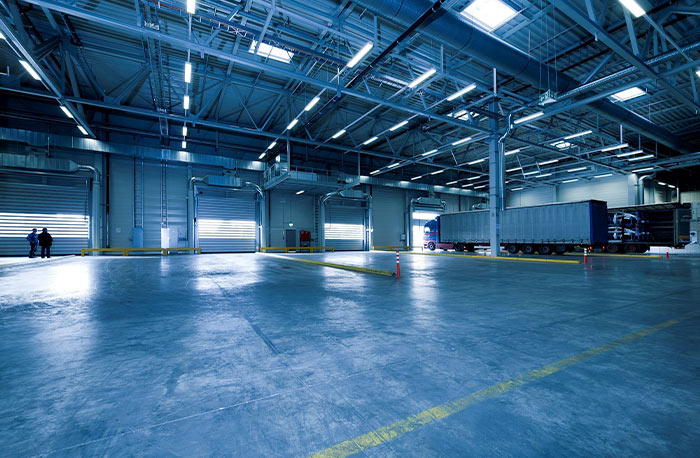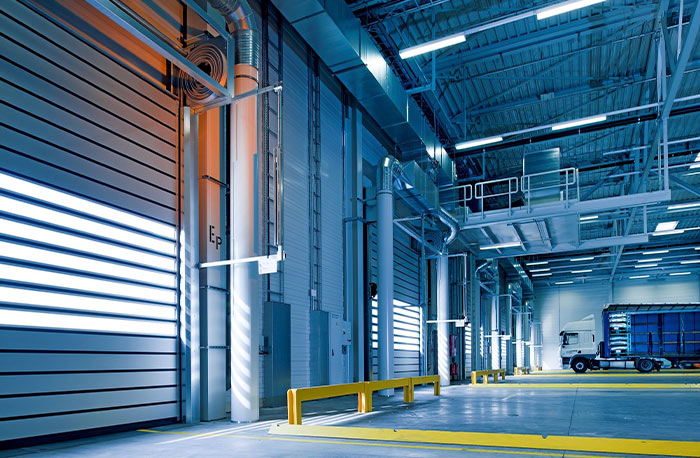
Logistics followed in industry today to identify the source and destination of the products are known as traceability. This process has become a cornerstone due to its benefits and even more so when forward and backward traceability can be followed that allows greater knowledge of and control over the details of a material or product.
But what exactly is this backward and forward traceability process and why is it so important in today’s commercial and industrial activity? We are going to try to answer this and other aspects related to traceability that is so widely used today in many sectors in this post.
What is traceability and why is it so required in today’s industry?
According to the European Regulation EC 178/2002, traceability is a process that allows a product to be traced or tracked at all stages of production, processing and distribution of a product.
This makes it clear that traceability can provide a history of where a particular product has been and those involved in a range of ways.
These data knowledge features are exactly why current industries and regulations require traceability. This process guarantees the authenticity and quality of the product in its reading, as well as allowing the proper follow-up of any that have presented a fault and being able to act accordingly.
Types of traceability
In order to obtain a better traceability history, several types have been created in order for one more pieces of data to be added to allow full knowledge of its trajectory, depending on the point where the product is located (production or distribution, for example).
What is essential is that these stages are used to ensure that the traceability process is performed correctly and that a consistent final reading is achieved, which will help the entire system to function effectively for each one involved.
There are three types: Internal, forward and backward traceability. Even though we will cover the last two in more detail this article, it is important to define the three types:
Internal Traceability
When we talk about internal traceability, we are focusing on the process that occurs within the industry itself that is processing, transforming or storing the part at a given time. Certain points need to be addressed during this process:
- How is the material/product treated and by whom?
- What raw material is being created?
- What results are generated from the overall process? In other words, what is the final product at this stage.

Forward traceability
What we are talking about now is the destination of the processed product (part or material). In this regard, forward or downstream traceability must respond to a number of questions:
- What product is being dispatched?
- From what specific zone is it being shipped?
- On what date was it shipped?
- Where is it going?
- Who or who will be the recipients?
- How is delivery being made?
Backward traceability
What we are talking about now is a look back in time, in other words, the source of the product (part/raw material) before we have it in our hands. In this regard, the questions that backward, also known as ascending, traceability, must answer relate to:
- What type of material/product was received?
- What is its source?
- How much has been received?
- What is the date of receipt and expiration of the material or product?
Importance of forward and backward traceability
As we see, each step in the traceability process contributes to a greater understanding of the life cycle of the product/material or part being used. The importance of forward and backward traceability allows for the accurate monitoring of documentation that can help in many ways:
- The forward and backward traceability process allows specific problems to be noticed and at which point they occurred to be determined. This allows the necessary corrective measures to be taken, therefore providing a solution on a small and large scale.
- Customers can also be assured of greater quality control of materials and products throughout the process with adequate forward and backward traceability logistics.
- Furthermore, an adequate forward and backward traceability system allows a better organisation process to take place within the manufacturing and distribution chain.
- We cannot end without highlighting how forward and backward traceability can prevent the proliferation of counterfeits, which can end up being a powerful weapon against industrial fraud.
Assessing the forward and backward traceability system
There must be proper marking systems in place and, in turn, systems for their reading to correctly use traceability. There are many systems that work quite well today and have been improving over time to facilitate the process.
The current marking is chosen according to the features and needs of the industry and the product itself and is therefore used in systems such as laser, scratching and micro percussion, to name just a few. These and the chosen designs (alphanumeric, bar codes, QR, among others) also determine the respective readers that allow the data nested in them to be read.
An assessment should always be performed to ensure that the traceability system, whether internal or forward and backward, is working correctly and to make the necessary adjustments to ensure that they are useful from the beginning to the end of the chain.

Final ideas
As we have already seen, traceability and, specifically, forward and backward traceability is an essential tool to ensure that the quality of the process of any material or product from start to finish.
Couth, specialists in industrial marking, are here to help during your marking process and to guide you on the most suitable for the success of your industry.





